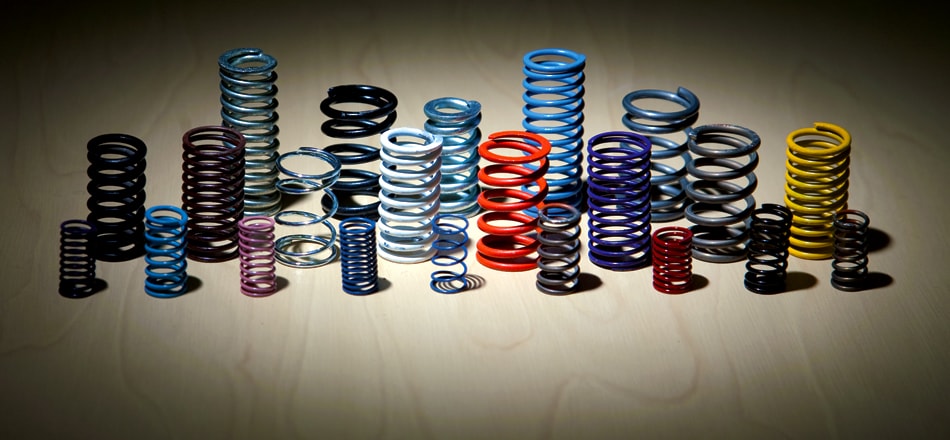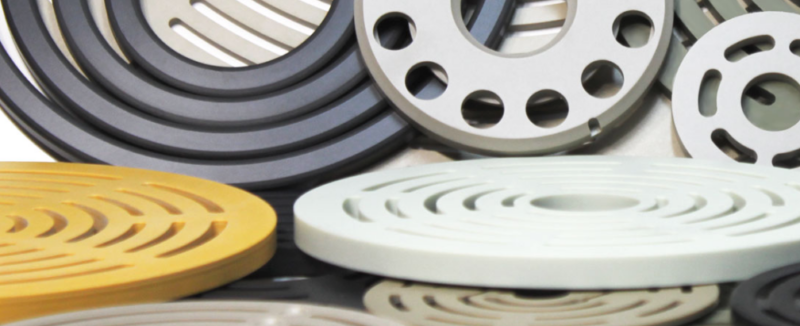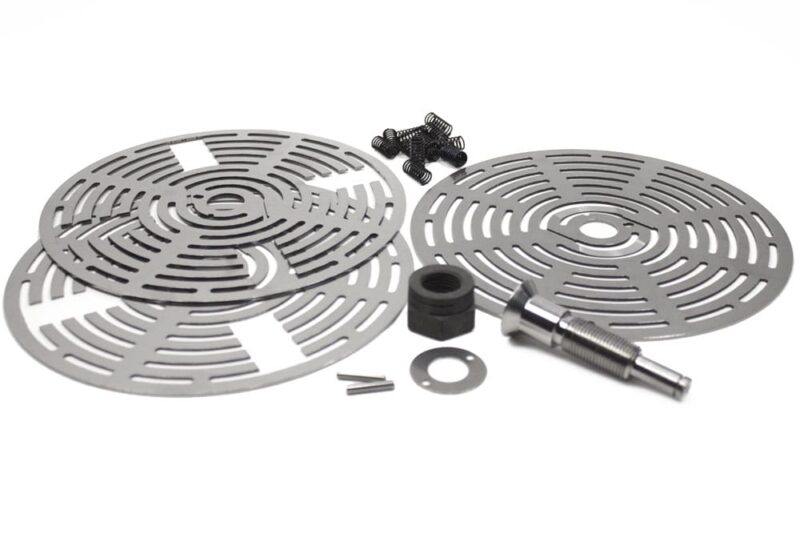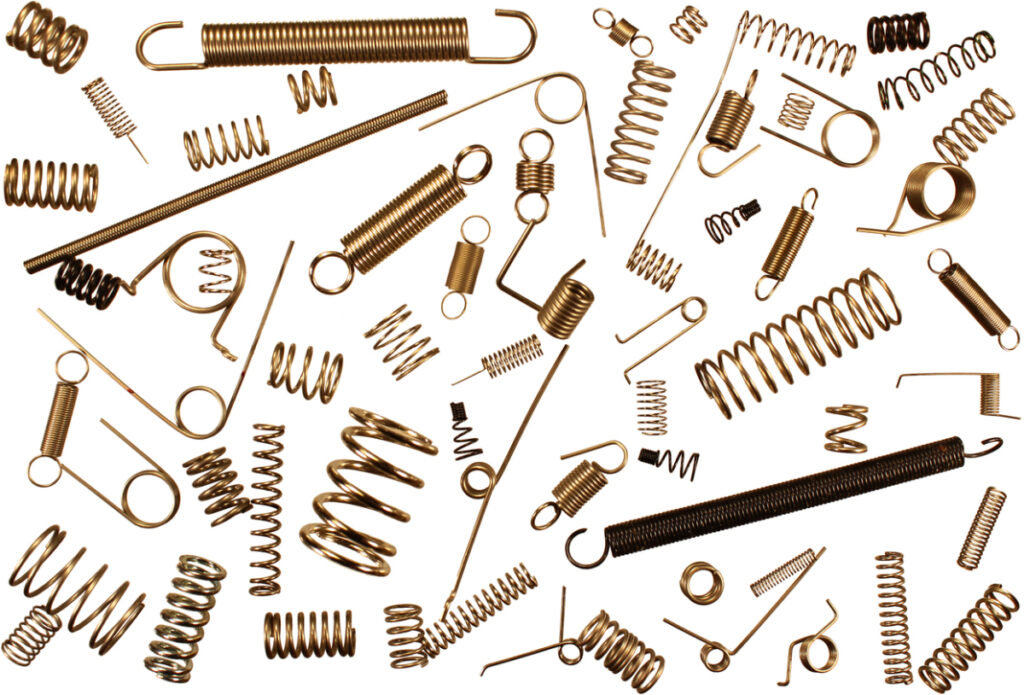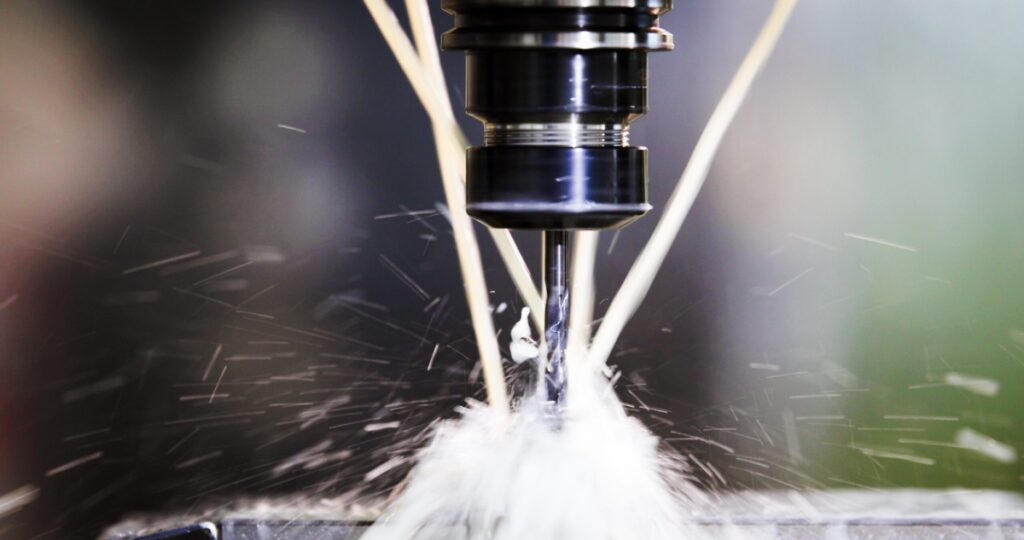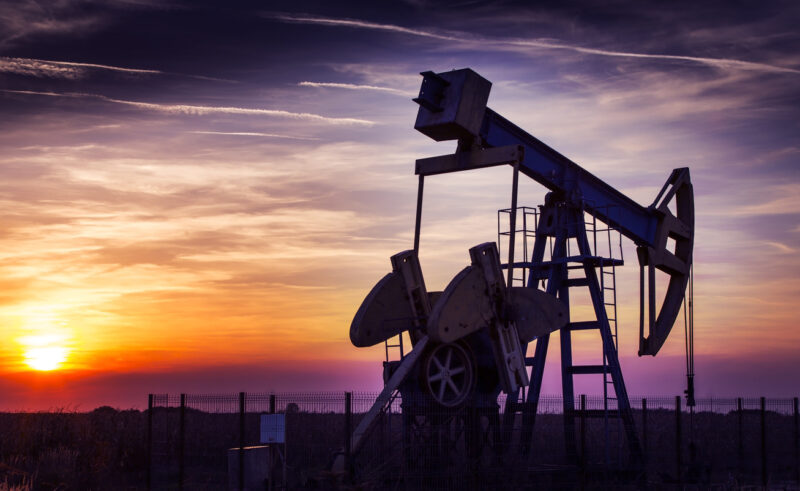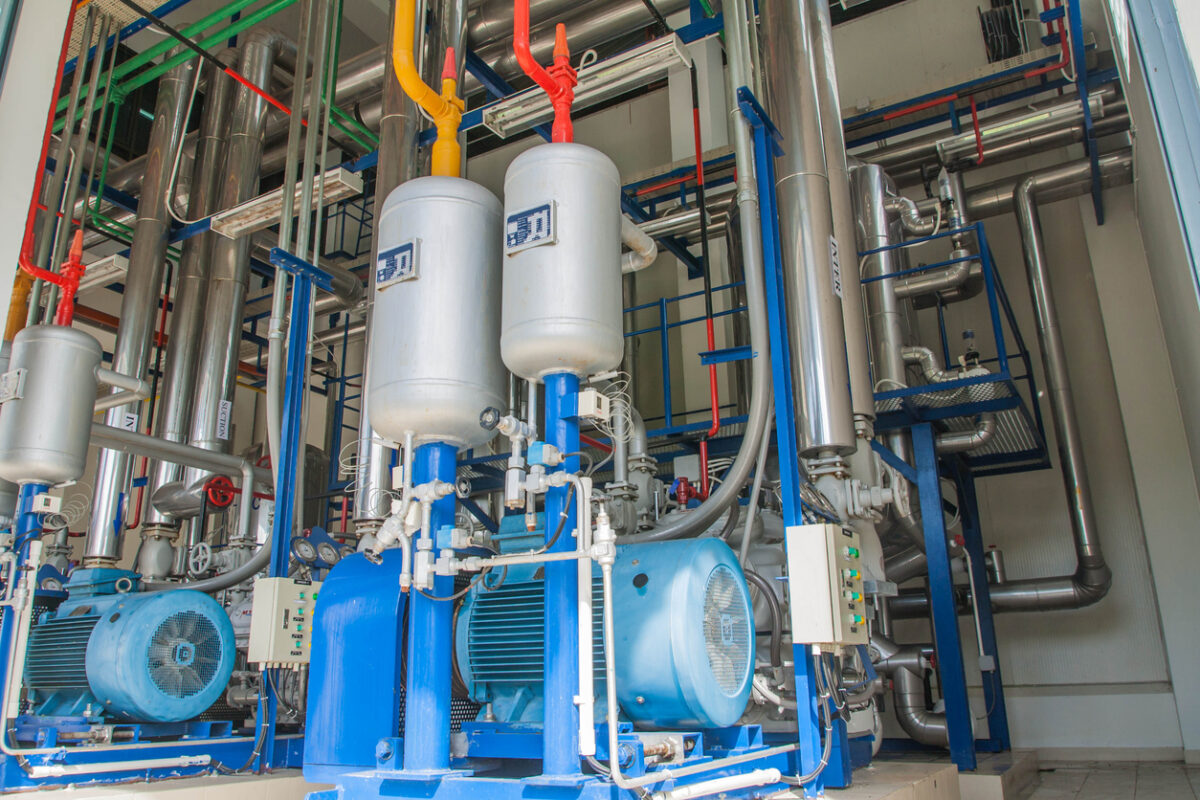Do Coil Springs Wear Out?
Yes, coil springs can wear out over time due to factors like stress, fatigue, and corrosion. Regular inspection and maintenance are crucial to prolong their lifespan and ensure optimal performance in mechanical systems. Proper care helps mitigate potential failures, preserving the efficiency and reliability of coil springs across various applications.…
What Are the Key Properties of Thermoplastic Valve Materials?
Thermoplastic valves have gained prominence as versatile and dependable components in various industries. Their remarkable properties have made them a preferred choice in applications ranging from water treatment to chemical processing. In this comprehensive guide, we will delve into the essential properties of thermoplastic valve materials, shedding light on their…
Maintain Peak Performance: Your Guide to Compressor Valve Replacement Parts
In the world of industrial machinery, maintaining peak performance is an absolute necessity. At the core of this endeavor are compressor valves, often underappreciated yet absolutely essential components that hold the key to optimal machinery operation. These valves serve as the gatekeepers, meticulously controlling the flow of fluids or gases…
The Different Compression Spring Sizes to Know
In the realm of mechanical components, compression springs play a pivotal role, quietly delivering essential force across a diverse array of applications. While they may not frequently bask in the limelight, their undeniable influence permeates through various industries. To ensure your projects run smoothly and efficiently, it is paramount to…
What is a CNC Mill and Its Importance in Manufacturing Compressor Parts
In the realm of contemporary manufacturing, success hinges upon the twin pillars of precision and efficiency. Central to achieving these objectives is the technology known as Computer Numerical Control (CNC) milling. Although a CNC mill may not commonly feature in everyday discussions, grasping its significance is imperative for streamlining production…
All About Gas Lift Compression in the Oil and Gas Industry
In the landscape of the oil and gas industry, achieving optimal production and extraction rates is paramount. To enhance the flow of hydrocarbons from reservoirs, various methods and technologies are employed. One such method that plays a crucial role in this endeavor is Gas Lift Compression. In this comprehensive guide,…
The Parts of a Piston Assembly and Its Key Role in Reciprocating Compressors
With reciprocating compressors, the piston assembly stands as a critical component that plays a pivotal role in the compression process. This intricate assembly is composed of various parts, each with its own specific function, working together seamlessly to enable the compressor to fulfill its essential purpose. In this article, we…
Defining Spring Stiffness: An Overview
In engineering and mechanics, springs are ubiquitous components that play a vital role in a wide range of applications. Whether it’s in industrial machinery, consumer products, or even everyday gadgets, springs are designed to provide a specific function—absorbing and storing mechanical energy and releasing it when needed. One crucial aspect…
Key Tips to Know About Design For Manufacturing or DFM
In modern manufacturing, the art of optimizing the design process stands as a pivotal factor in determining the success of any production endeavor. Achieving cost-effective production, streamlined workflows, and the delivery of high-quality products hinges on the finesse with which the design is crafted. It’s within this intricate dance of…
The Top Compressor Spare Parts to Keep on Hand
When it comes to industrial equipment and machinery, being prepared for unexpected breakdowns is paramount. Whether you manage a manufacturing facility, oversee a plant, or work in maintenance, having the right compressor spare parts readily available is crucial to ensuring uninterrupted operations. In this article, we’ll guide you through the…

